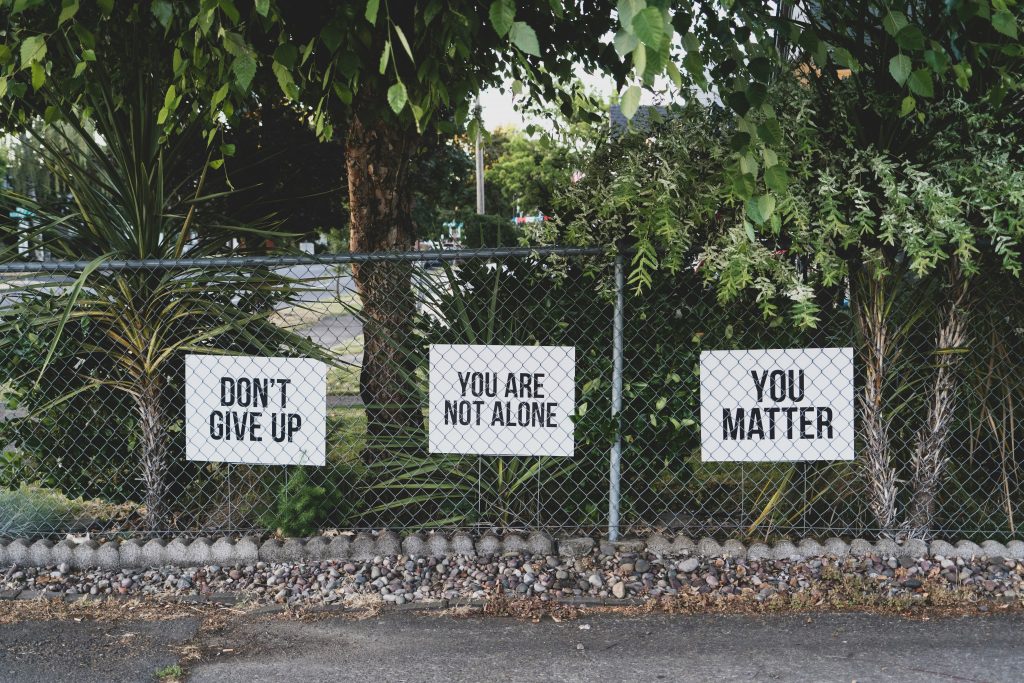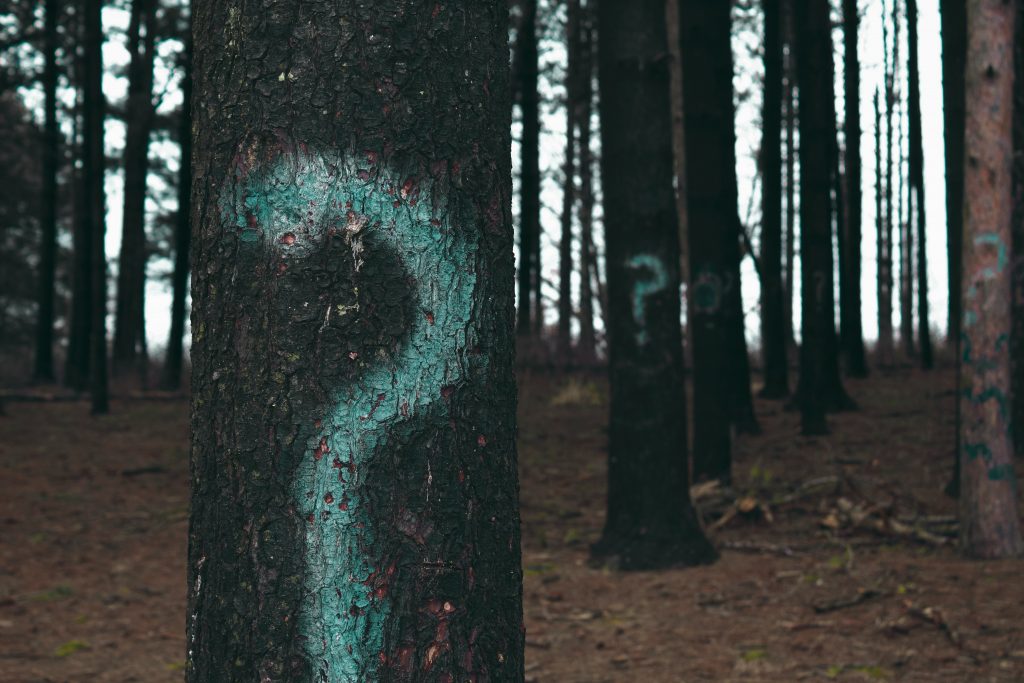[ad_1]
Suicide is preventable and never inevitable. Regardless of this, greater than 720,000 individuals die by suicide yearly, and there are lots of extra individuals who will make a suicide try of their lifetime (World Well being Organisation, 2024). It’s nicely established that suicide entails a fancy and dynamic interplay of organic, psychological, environmental, and socio-cultural elements (O’Connor, 2011). Nonetheless, a wealth of proof has demonstrated the sturdy affiliation between psychiatric issues, together with main depressive dysfunction, character issues and psychotic issues, and elevated threat of suicide amongst totally different populations (Baldessarini & Tondo, 2020; Bradvik, 2018).
Notably, mainstream suicidology, psychiatric and medical disciplines have usually theorised dying by suicide to be the top results of psychiatric issues, or psychological diseases (Hjelmeland & Jaworski, 2019; White, 2017). Nevertheless, as Marsh (2016) asserts, these claims have usually been framed as ‘unassailable truths’ which have dominated views on suicide, and due to this fact additionally suicide prevention efforts. Critically although, it has been argued that the complexity and socio-cultural formation of suicidality can’t be understood, or responded to, inside this attitude (White, 2017). As such, it is very important emphasise that a person who has skilled suicidal misery, or survived a suicide try, could not have additionally skilled psychiatric issues or psychological sickness. This truth reminds us that discourses of threat, fairly than an individual’s particular person lived experiences or wants, have usually framed our understanding of suicidal misery, thus limiting our responses to suicide prevention.
Within the present examine, Oquendo and colleagues (2024) aimed to handle the dearth of accessible proof on lifetime suicide makes an attempt amongst in any other case wholesome people, who had not met the standards for any psychiatric issues previous to their first try.

Is suicide merely the ‘finish end result’ of psychological sickness or can it happen exterior of psychological sickness?
Strategies
The researchers carried out secondary evaluation of present cross-sectional knowledge utilizing the US Nationwide Epidemiological Research of Addictions and Associated Circumstances III (NESARC-III), a nationally consultant population-based survey from 2012-2013. The general pattern was comprised of 36,309 members who had been aged between 20 and 65 years outdated. Amongst those that had skilled a lifetime suicide try, the goal was to estimate the share of individuals whose first suicide try occurred earlier than the onset of any psychiatric dysfunction. Knowledge evaluation was carried out utilizing SAS, and the principle outcomes and measures had been:
- Demographics together with age group, intercourse, race and ethnicity
- Lifetime suicide try frequencies amongst total pattern (n=36,309)
- Among the many sub-sample (n=1948), who had been people who had skilled a lifetime suicide try, the self-reported presence or absence of a psychiatric dysfunction earlier than the primary lifetime suicide try
- Amongst sub-sample, separate analyses for intercourse variations (male/feminine), and age variations had been additionally carried out (20-34, 35-49, and 50-65 years)
Outcomes
From the general pattern of 36,309 members, 1948 people had skilled a number of suicide makes an attempt of their lifetime (5.2%; 95% CI, 4.8% to five.6%). From this sub-sample, 66.8% (95% CI, 64.1% to 69.4%) had been feminine, and 33.3% (95% CI, 30.6% to 35.9%) had been male. The overwhelming majority of those members had been White (70.9%), and the others had been Hispanic (14%), Black (9.8%), American Indian or Alaska Native (3.5%), and Asian, Native Hawaiian or Different Pacific Islander (1.8%).
Members with none psychiatric prognosis
The examine reported that 6.2% (95% CI, 4.9% to 7.4%) of members who had made a suicide try of their lifetime didn’t meet the standards for a lifetime psychiatric dysfunction on the time of the survey administration. Moreover, an estimated 13.4% (95% CI, 11.6% to fifteen.2%) of people had reported that their first suicide try occurred earlier than any psychiatric dysfunction onset. Subsequently, an estimated complete of 19.6% respondents within the sub-sample had skilled a suicide try of their lifetime with out an antecedent psychiatric dysfunction.
Intercourse variations
Notably, there have been no vital intercourse variations within the proportion of people with lifetime suicide makes an attempt who didn’t have a psychiatric dysfunction, nor in these reporting a lifetime suicide try earlier than the onset of any psychiatric dysfunction. Nevertheless, females (n=195) had been extra more likely to have made a suicide try throughout the identical 12 months because the onset of their first psychiatric dysfunction (14.9%; 95% CI, 12.5% to 17.3%) than males. Furthermore, males (n=410) had been extra more likely to have made a suicide try after the onset of a psychiatric dysfunction (70%; 95% CI, 65.2% to 74.9%) in comparison with females (60.3%; 95% CI, 56.9% to 63.7%).
Age variations
There have been no vital variations throughout the three age teams in relation to the chance of reporting a lifetime suicide try and not using a psychiatric dysfunction, nor had been there any vital variations within the onset of suicide makes an attempt throughout the lifespan relative to the onset of psychiatric diagnoses between the three specified age teams.

This analysis means that not all individuals who have made a suicide try of their lifetime have skilled psychiatric issues, or psychological sickness.
Conclusions
The authors conclude that:
These knowledge recommend that suicide risk-reduction methods attending solely to people with psychiatric issues, even when these methods had been to end in excellent detection and prevention, would miss about 20% of people that go on to aim suicide.

Focussing suicide prevention efforts solely on those that have beforehand skilled a psychiatric dysfunction would miss round 20% of people that go on to aim suicide.
Strengths and limitations
This cross-sectional examine supplies us with necessary and novel findings which show that not all individuals who make a suicide try of their lifetime may have skilled psychiatric issues, or psychological sickness, previous to their suicide try (19.6%). Though the examine analysed knowledge from a considerable total pattern of 36,309 people, the sub-sample of those that had made a suicide try of their lifetime (n=1948) was comparatively small for a cross-sectional examine of this nature. Moreover, cross-sectional research have inherent limitations in relation to establishing trigger and impact, susceptibility of bias, and self-reporting bias the place members could misreport info. Furthermore, because the writer acknowledges, the NESARC-III survey doesn’t embody all diagnoses corresponding to autism spectrum, obsessive-compulsive, and intermittent explosive issues that are related to elevated chance of suicide makes an attempt throughout ones’ lifetime (Hirvikoski et al., 2019; Pellegrini et al., 2020).
Given their findings, the authors go a way in the direction of suggesting that suicidal behaviour could not essentially be pathological. Nevertheless, in addition they assert that suicide makes an attempt could “manifest like different psychiatric issues, which are sometimes comorbid with one another” (p.576). Moreover, they suggest that suicidal behaviour be recorded as a separate psychiatric dysfunction, which might result in a uniform definition and a diagnostic code which might be helpful for clinicians. Though this suggestion has constructive implications for suicide threat screening, and thus suicide prevention, different students have challenged the notion that suicidal behaviour is inevitably pathological, and that it needs to be labeled as a psychiatric dysfunction (Hjelmeland & Jaworski, 2019; Marsh, 2016; White, 2017).

Whereas the massive total pattern measurement strengthens the findings, limitations embody a small sub-sample of suicide attempters, self-reporting bias, and excluded diagnoses, elevating necessary questions on how we outline and tackle suicidal habits
Implications for apply
The findings of this cross-sectional examine have vital implications for medical apply, policymakers, future analysis, and suicide prevention insurance policies or methods. Oquendo and colleagues recommend {that a} historical past of suicidal behaviour or suicide makes an attempt needs to be recorded by clinicians, no matter whether or not a person has a psychiatric prognosis or not. That is significantly necessary since a earlier historical past of suicidal behaviour has been proven to be related to an elevated chance of future makes an attempt, and dying by suicide. The authors additionally recommend that recording suicidal behaviour as a separate psychiatric dysfunction could result in a extra uniform definition and diagnostic code, which can show helpful for suicide prevention.
The present suicide threat discount methods should not detecting an estimated one-fifth of people who’ve skilled a suicide try of their lifetime. Consequently, suicide threat screening needs to be expanded past psychiatric populations and people who have a pre-existing psychological sickness prognosis. Clinicians and psychological well being professionals needs to be conscious that suicidal behaviour could manifest individually, or as comorbidities related to psychiatric issues or psychological sickness and may due to this fact get hold of and document the historical past of a person’s experiences with suicidal behaviour, no matter whether or not the individual has a pre-existing psychiatric dysfunction or not.
Well being and social care insurance policies ought to take into account implementing broader screening protocols for suicide threat amongst totally different populations. It could be helpful for screening to happen at hospitals, physician surgical procedures, behavioural well being organisations, and different healthcare settings. Well being and social care insurance policies ought to take into account implementing broader screening protocols for suicide threat amongst totally different populations. It could be helpful for screening to happen at hospitals, physician surgical procedures, behavioural well being organisations, and different healthcare settings.
There stays restricted analysis on suicide threat amongst populations that shouldn’t have a pre-existing psychiatric dysfunction or psychological sickness. Future analysis may discover the complicated elements which can be related to elevated chance of suicide try amongst this inhabitants, utilizing nationwide healthcare knowledge. Utilizing nationwide healthcare knowledge could enhance affected person security, enhance care and due to this fact scale back suicide threat.

This analysis means that it might be useful to display everybody for earlier experiences of suicide, not simply these with present psychiatric diagnoses.
Assertion of pursuits
The writer has no competing pursuits to declare.
Hyperlinks
Main paper
Oquendo MA, Wall M, Wang S, Olfson M, Blanco C. Lifetime Suicide Attempts in Otherwise Psychiatrically Healthy Individuals. JAMA Psychiatry. 2024;81(6):572–578. doi:10.1001/jamapsychiatry.2023.5672
Different references
Baldessarini, R. J., & Tondo, L. (2020). Suicidal risks in 12 DSM-5 psychiatric disorders. Journal of affective issues, 271, 66-73.
Brådvikm, L. (2018). Suicide risk and mental disorders. Worldwide journal of environmental analysis and public well being, 15(9), 2018.
Hirvikoski, T., Boman, M., Chen, Q., D’Onofrio, B. M., Mittendorfer-Rutz, E., Lichtenstein, P., … & Larsson, H. (2020). Individual risk and familial liability for suicide attempt and suicide in autism: a population-based study. Psychological drugs, 50(9), 1463-1474.
Hjelmeland, H., Jaworski, Okay., Knizek, B., & Marsh, I. (2019). Problematic advice from suicide prevention experts. Moral Human Psychology and Psychiatry, 20(2), 79-85.
Marsh, I. (2016). Critiquing Modern Suicidology. In J. White, I. Marsh, M. Kral, & J. Morris (Eds.), Critical Suicidology—Transforming suicide research and prevention for the 21st century (pp. 15–30). UBC Press.
Probert-Lindström, S., Bötschi, S., & Gysin-Maillart, A. (2024). The influence of treatment latency on suicide-specific treatment outcomes. Archives of suicide analysis, 28(3), 1009-1021.
Pellegrini, L., Maietti, E., Rucci, P., Casadei, G., Maina, G., Fineberg, N. A., & Albert, U. (2020). Suicide attempts and suicidal ideation in patients with obsessive-compulsive disorder: A systematic review and meta-analysis. Journal of affective issues, 276, 1001-1021.
White, J. (2017). What can critical suicidology do? Loss of life Research, 41(8), 472–480. https://doi.org/10.1080/07481187.2017.1332901.
World Well being Organisation. (2024). Suicide. https://www.who.int/news-room/fact-sheets/detail/suicide.
Pictures credit
[ad_2]
Source link

